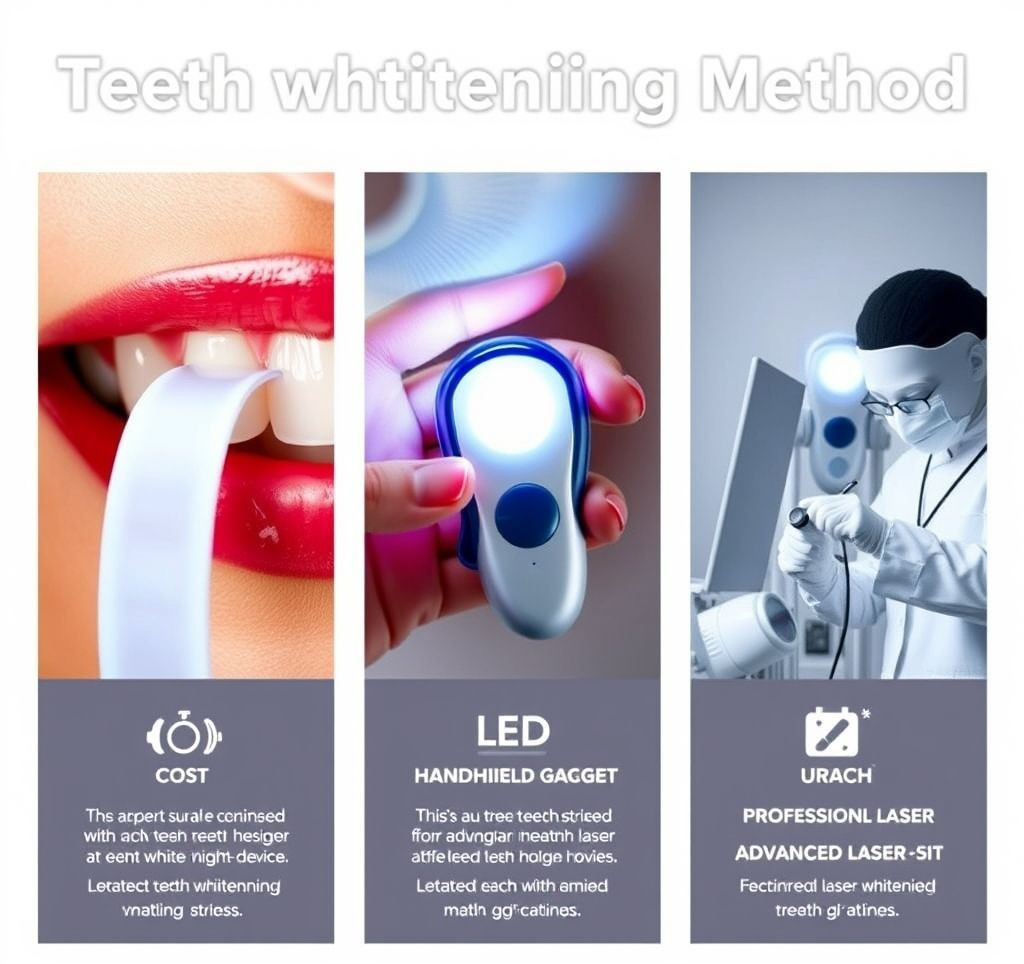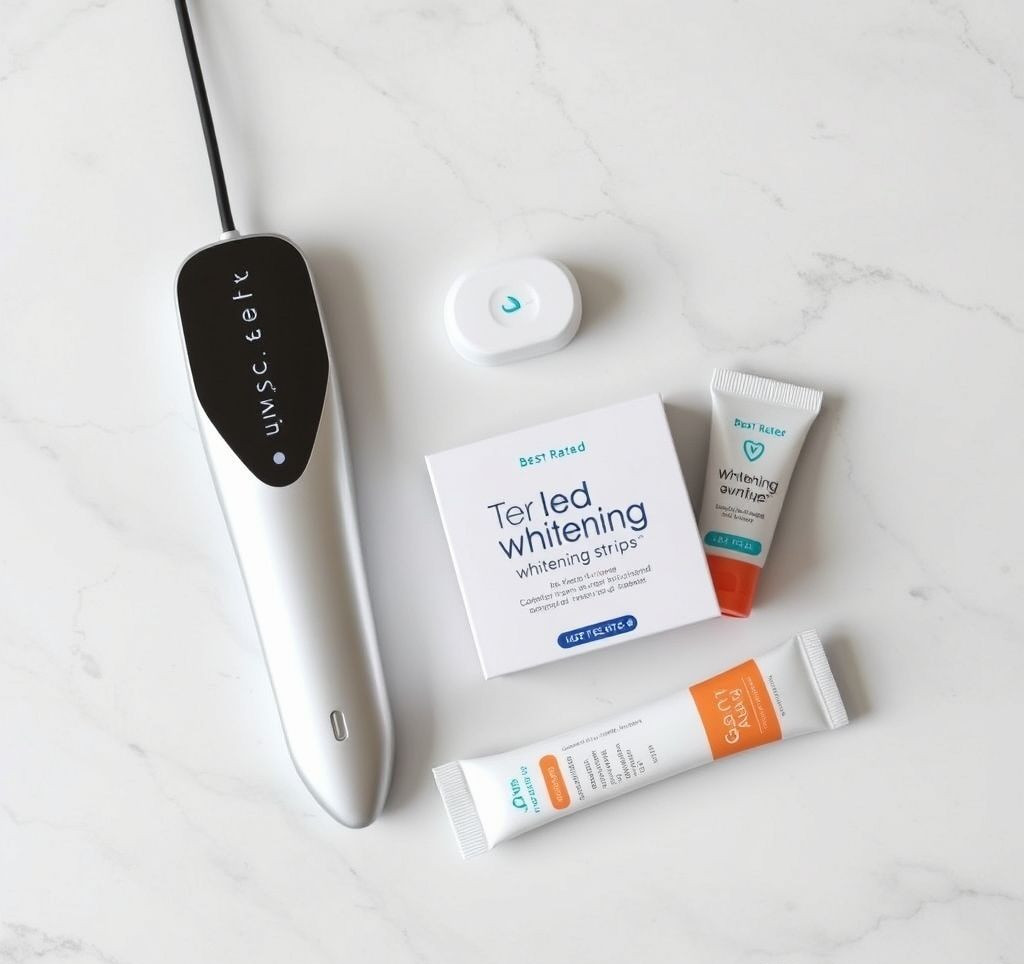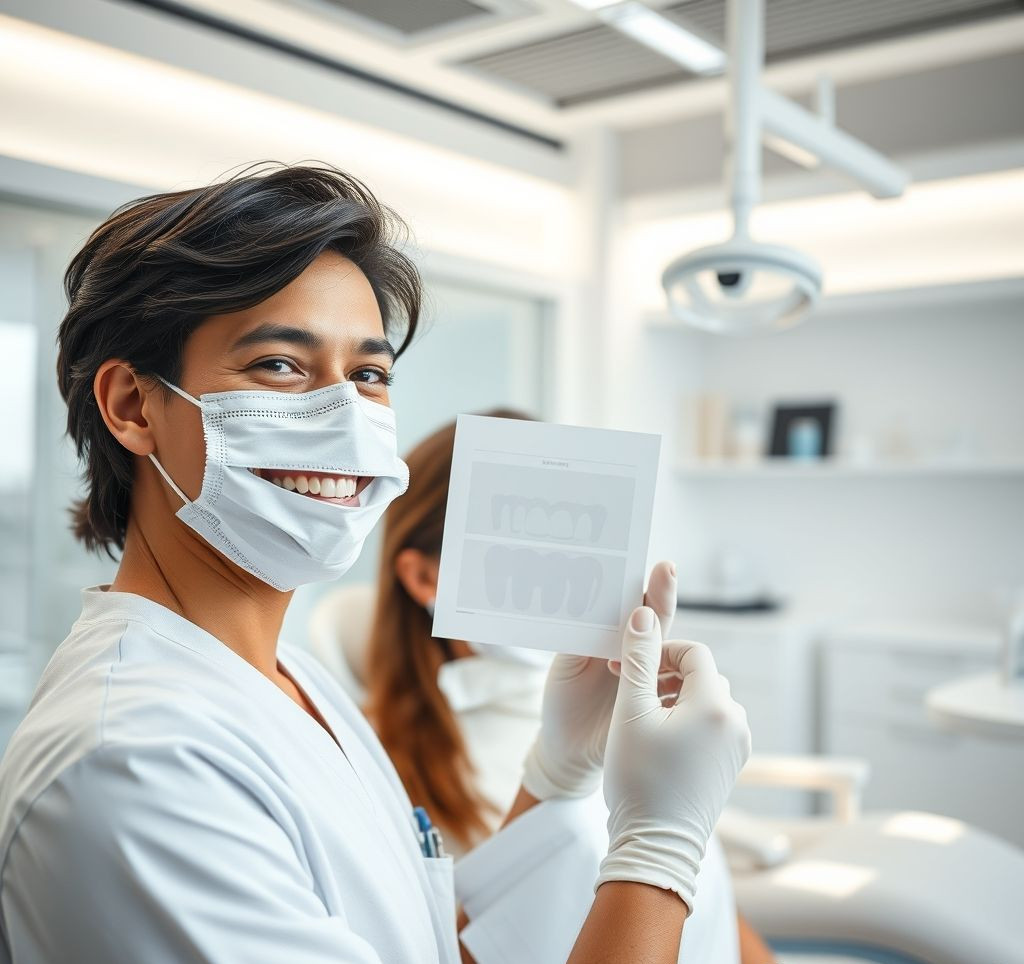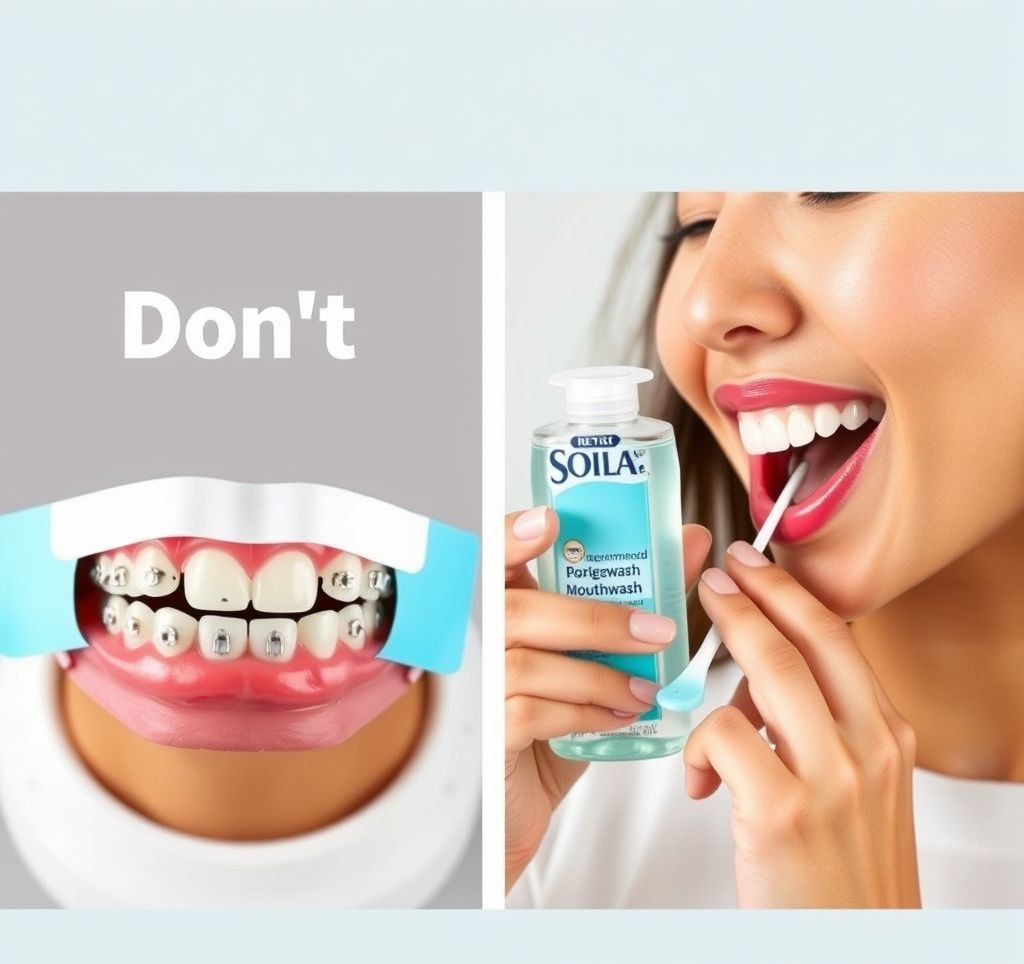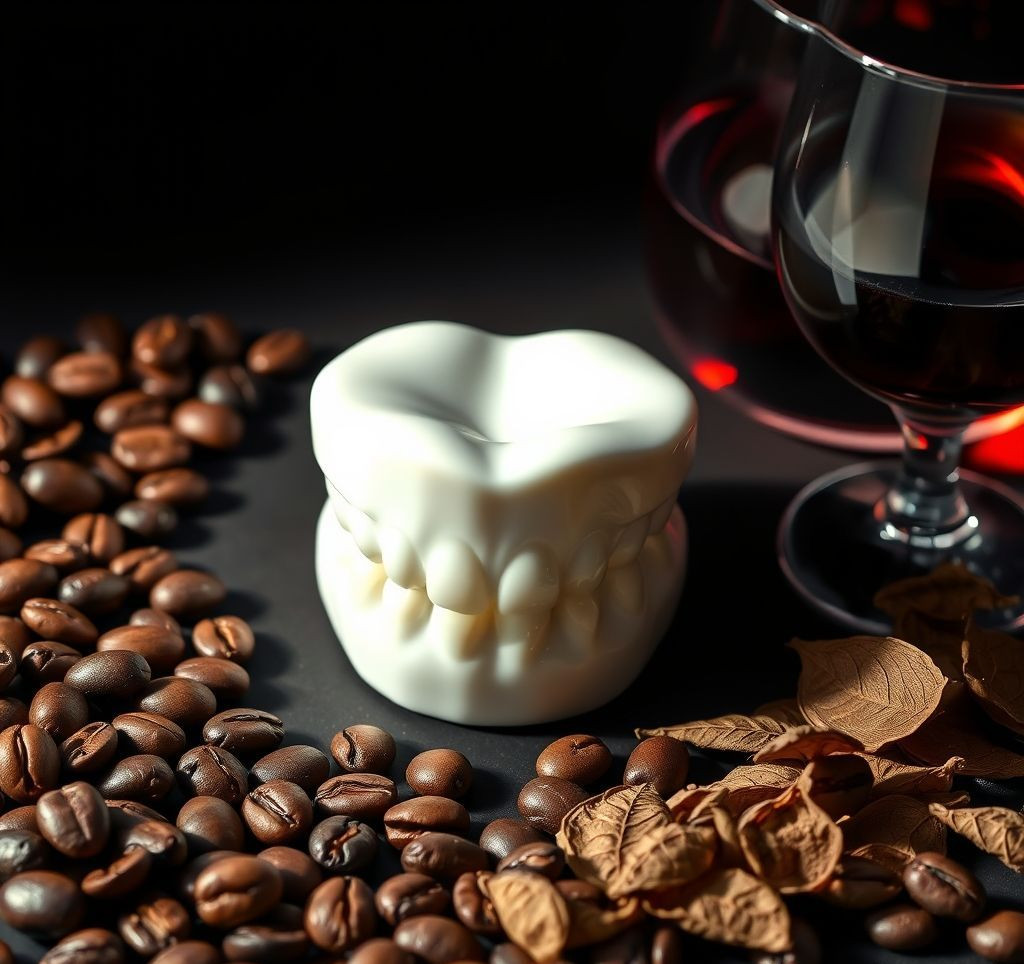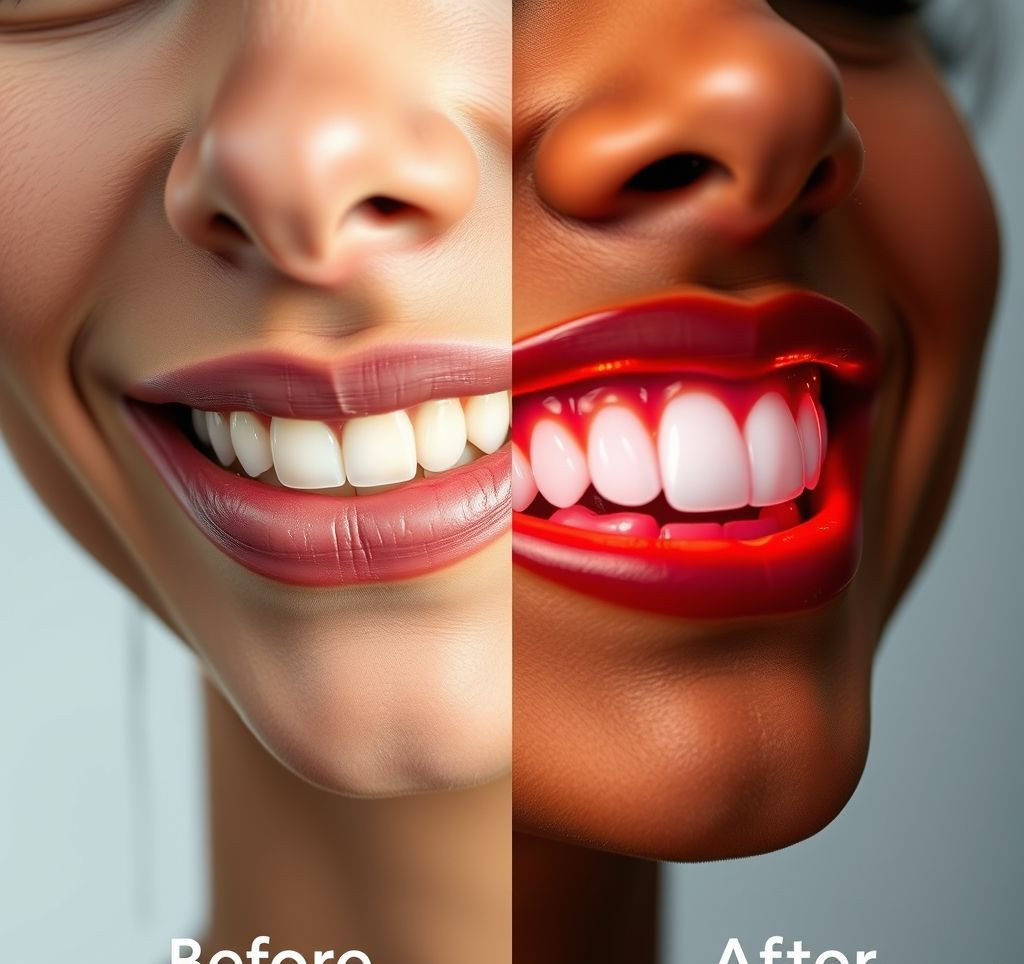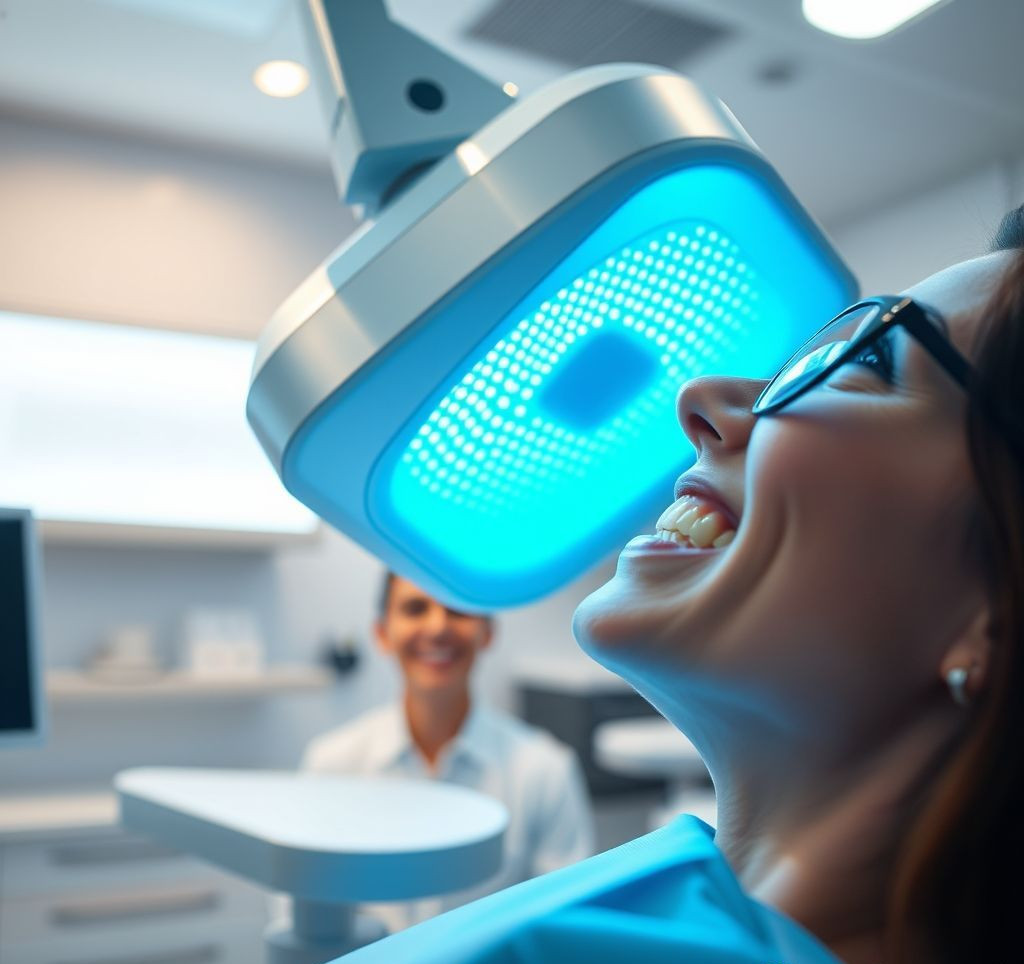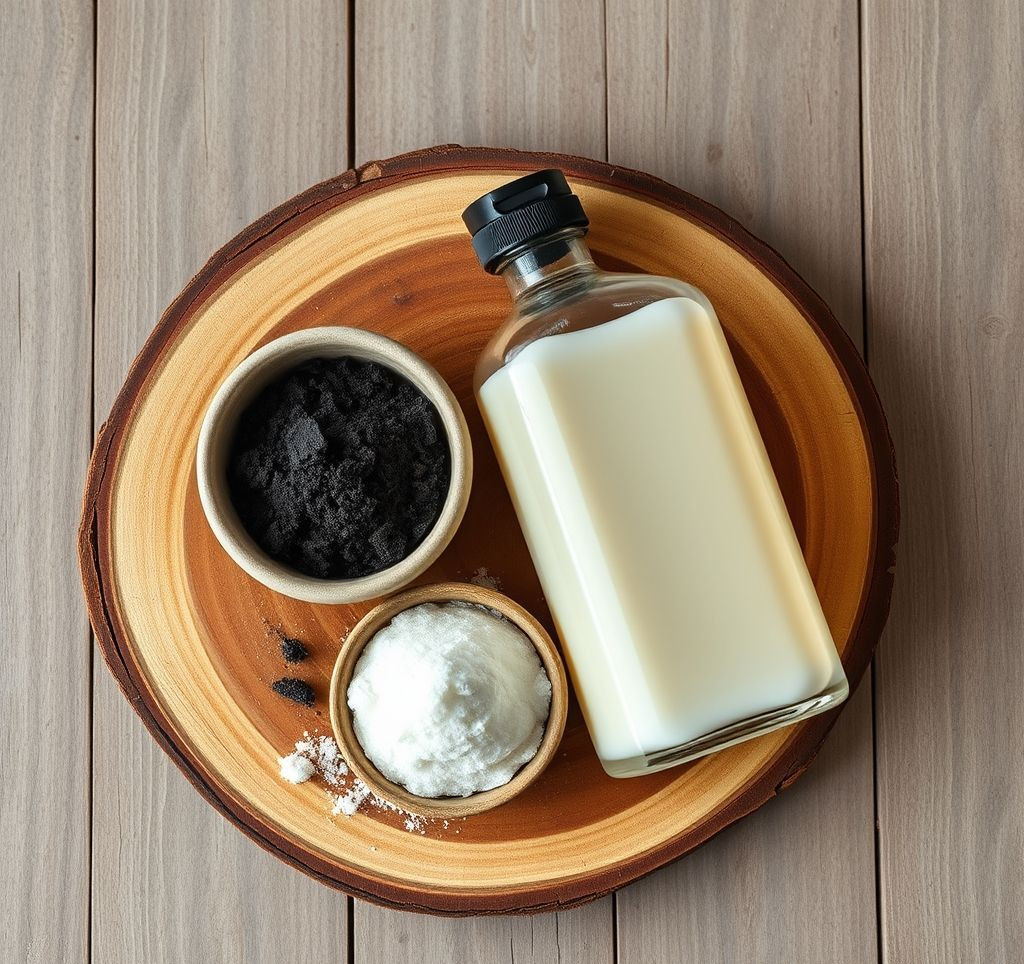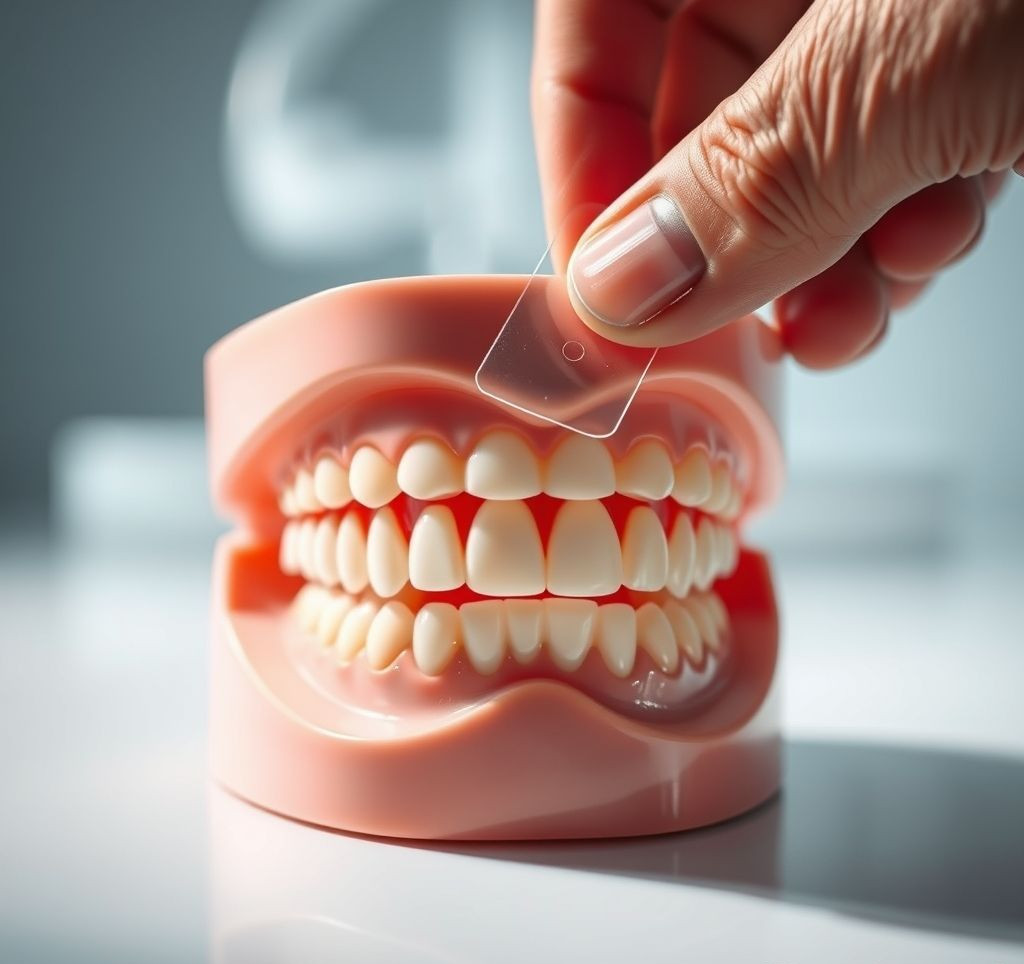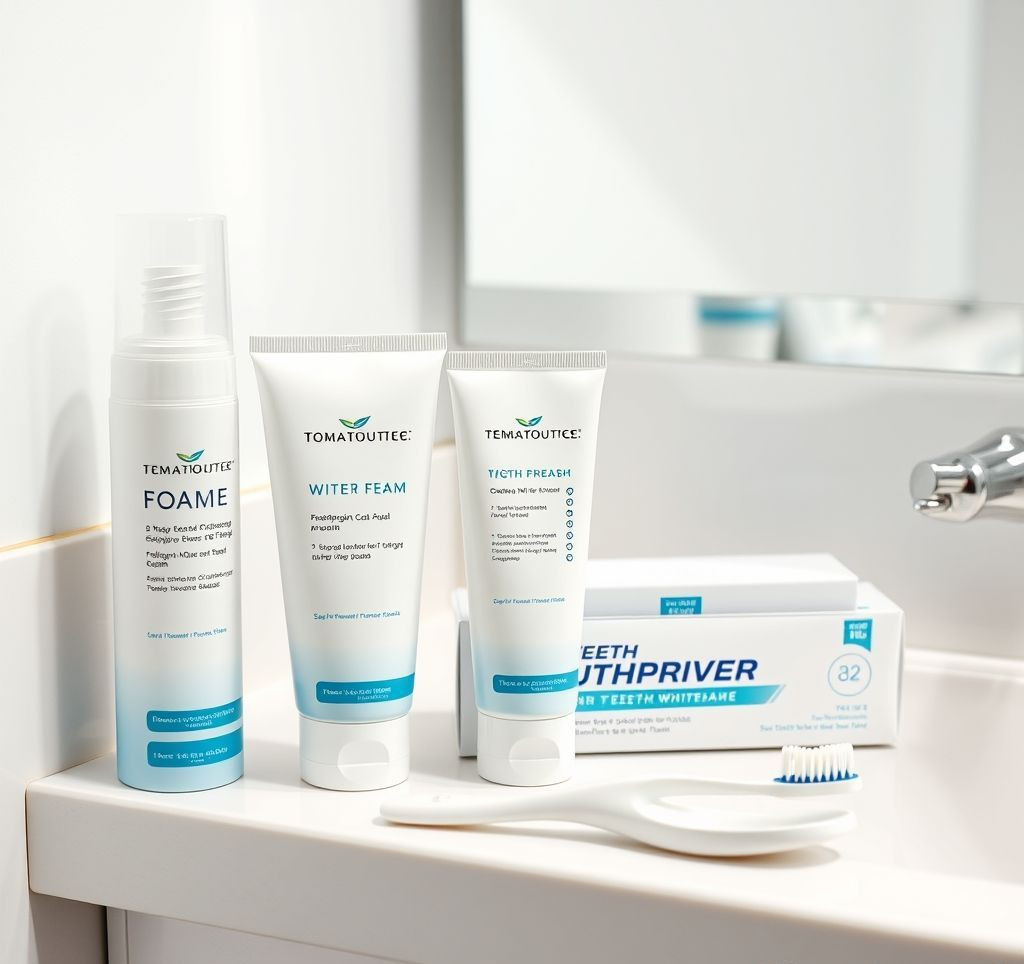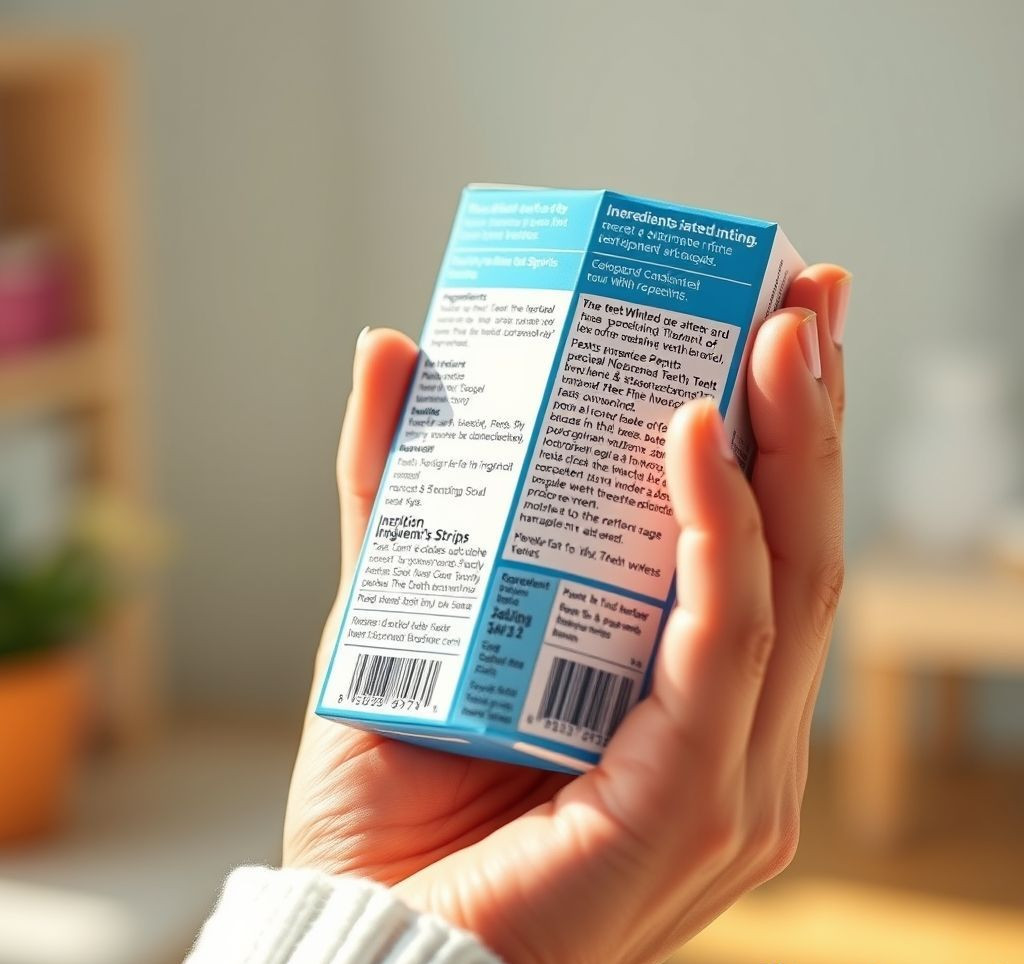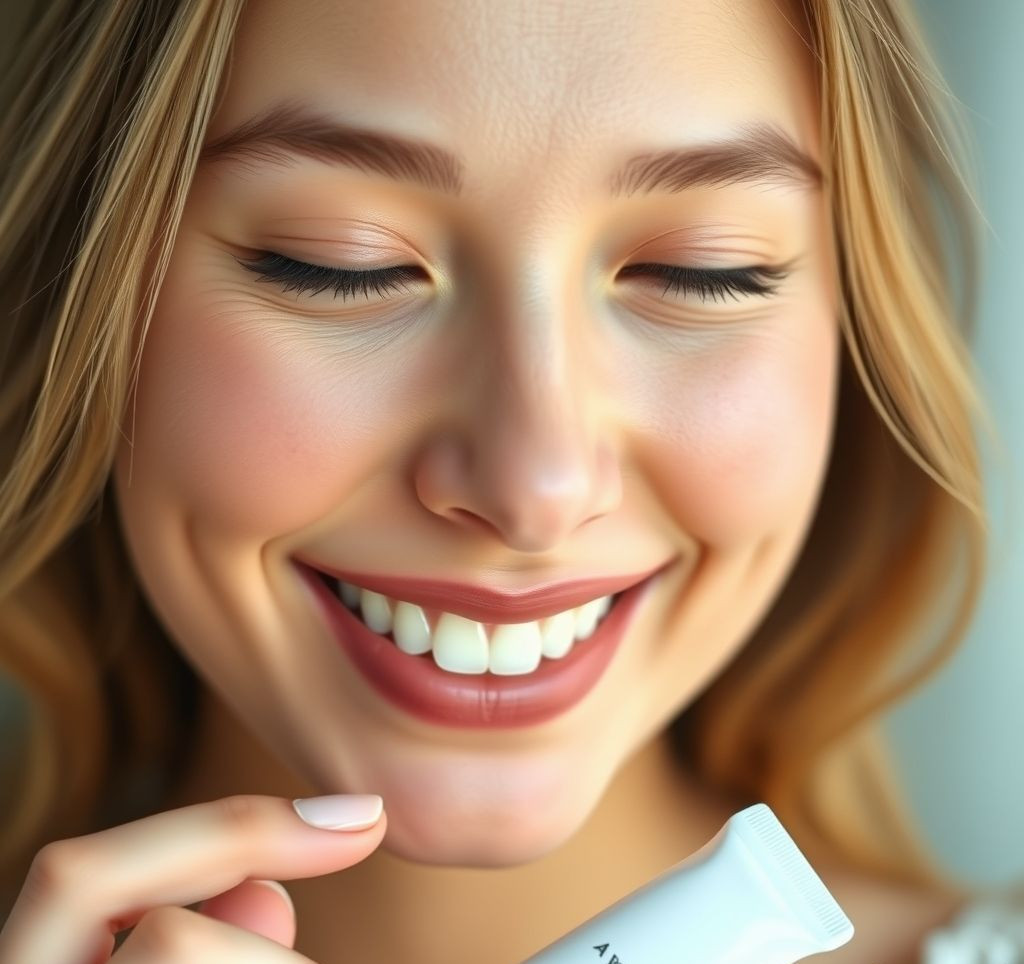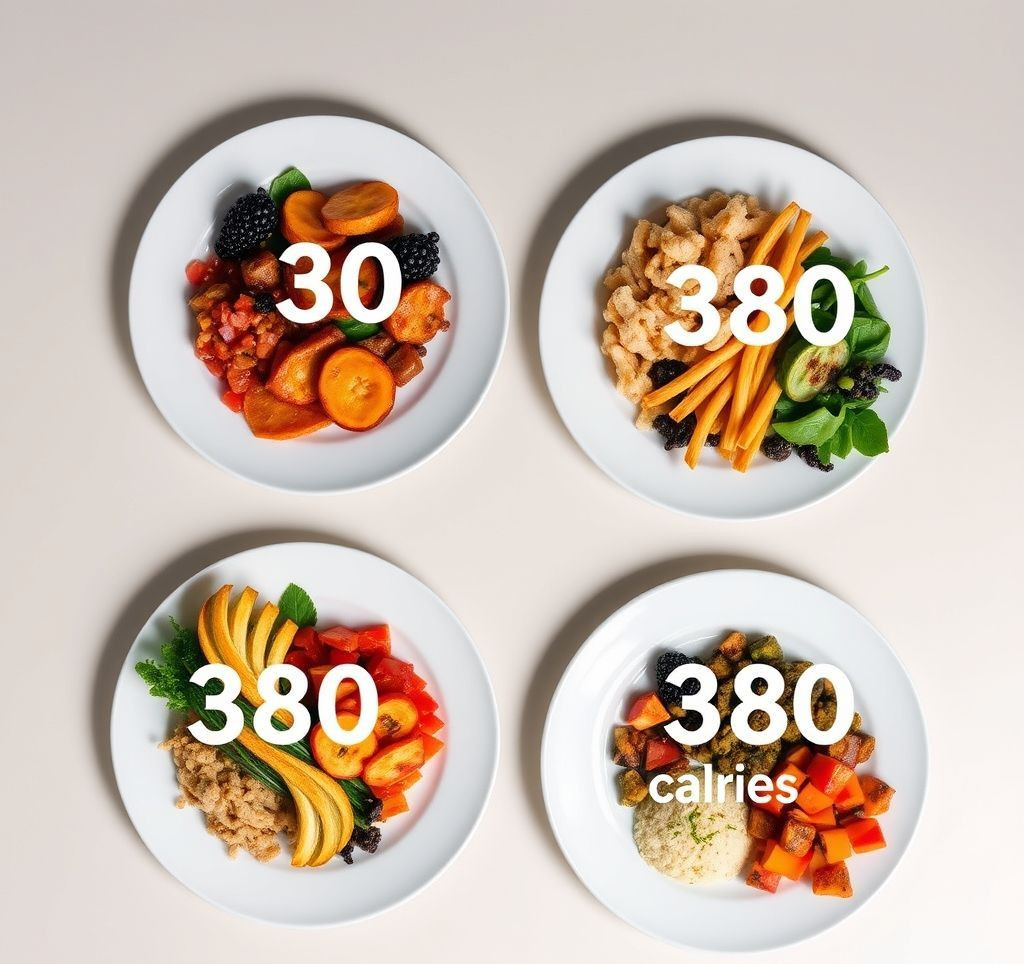A dazzling smile can light up a room and boost your confidence. Achieving that radiant glow often involves exploring various teeth whitening techniques. But with so many options available, from over-the-counter remedies to professional treatments, finding the right method can feel overwhelming. This article will break down the most popular teeth whitening methods, comparing their effectiveness, cost, and convenience to help you make an informed decision.
Why Understanding Different Teeth Whitening Techniques Matters
Choosing the right teeth whitening technique isn’t just about aesthetics; it’s also about ensuring the health and safety of your teeth and gums. Here’s why understanding your options is crucial:
- Safety: Some teeth whitening methods can be abrasive or cause sensitivity if not used correctly. Understanding the ingredients and application process is key.
- Effectiveness: Different techniques offer varying levels of whitening. Knowing what to expect helps manage expectations and avoid disappointment.
- Cost: Prices range dramatically between at-home and professional treatments. Researching costs ensures you find a method that fits your budget.
- Maintenance: Maintaining a bright smile requires understanding how long results last and what lifestyle changes can prolong the effect.
Core Concepts Behind Teeth Whitening
Before diving into specific teeth whitening techniques, it’s important to grasp the fundamental principles at play. Most whitening treatments rely on hydrogen peroxide or carbamide peroxide to bleach stains on the tooth enamel. These chemicals break down the discolored molecules, making your teeth appear whiter. The concentration of the peroxide determines the strength and speed of the whitening process. It’s also worth noting that not all stains respond equally well to whitening treatments. Yellow and brown stains are typically easier to remove than gray or blue stains.
A Comparison of Top Teeth Whitening Techniques
Let’s explore some of the most popular teeth whitening methods:
- Whitening Strips: These readily available strips contain a thin layer of peroxide gel. Applied directly to the teeth, they’re a convenient and affordable option. However, they may not reach all tooth surfaces evenly. Expect results to last a few months with proper oral hygiene.
- Whitening Gels: Similar to strips, whitening gels are applied to the teeth but often with a brush or in a custom-fitted tray. This allows for more targeted application and potentially better results compared to strips.
- Professional In-Office Whitening (e.g., Zoom): Performed by a dental professional, these treatments use high concentrations of peroxide combined with light or laser activation to accelerate the whitening process. Results are typically dramatic and immediate. According to the American Academy of Cosmetic Dentistry, professional whitening can lighten teeth by several shades in a single session.
- Laser Teeth Whitening: Often used interchangeably with professional in-office whitening, some clinics specifically use lasers to activate the whitening agent for accelerated results. While effective, it can be more expensive.
Expert Tips & Best Practices for Teeth Whitening
To maximize your results and minimize potential side effects, consider these expert tips:
- Consult Your Dentist: Before starting any teeth whitening technique, talk to your dentist to ensure it’s safe for your oral health and to discuss the best teeth whitening technique for your specific needs.
- Follow Instructions Carefully: Adhering to the provided instructions is critical for both safety and effectiveness. Avoid overuse, as it can lead to sensitivity.
- Maintain Good Oral Hygiene: Brushing, flossing, and regular dental checkups are essential for maintaining a bright smile and preventing future staining.
- Avoid Staining Foods and Drinks: Coffee, tea, red wine, and berries can contribute to tooth discoloration. Limiting their consumption can help prolong the effects of teeth whitening techniques.
“The key to successful teeth whitening is consistency and adherence to a proper oral hygiene routine.” – Dr. Harold Katz, The California Breath Clinics
